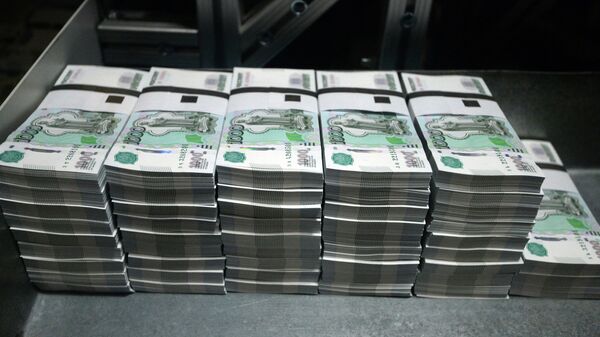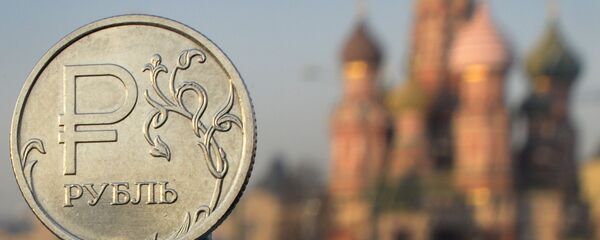The company's origins date back to 1818, when it was founded in St. Petersburg by the imperial decree of Emperor Alexander I. After Napoleon II flooded Russia with counterfeit currency between 1812 and 1817, the Emperor was advised by his Minister of Finance Count Dmitry Gurev to create a new institution for printing counterfeit-proof banknotes.
First known as the Expedition of Storing State Papers (EZGB), the state-owned factory became known as Goznak in 1919.
Today, it is able to produce up to 11,000 tons of security banknote paper, 7 billion banknotes, 5 billion coins, 40 million passports and 30 – 45 million postage stamps, as well as federal special and excise stamps and other products.
In an exclusive interview, Goznak's deputy director for science and development Andrey Kuryatnikov told Sputnik Deutschland that not only does Goznak produce banknotes and coins for the Russian economy, but it exports them all over the world.
"A lot of countries, perhaps about 50, are able to print their own banknotes but, nevertheless, they use the services of other companies. For example, they buy banknote paper, printing paper, printing inks and technology," Kuryatnikov explained.
Goznak produces banknotes for about 25 other countries in regions across the world. For example, for more than ten years it has worked with Bank Indonesia to produce the country's banknotes.
Kuryatnikov explained that smaller countries prefer to order banknotes from manufacturers such as Goznak, rather than buy expensive equipment to produce the currency themselves. In addition, larger countries make orders when demand outstrips their own printing capabilities.
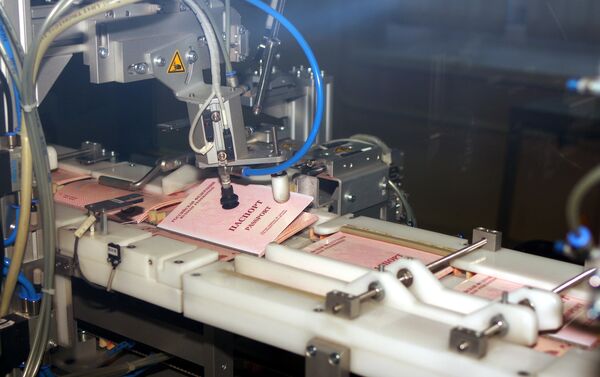
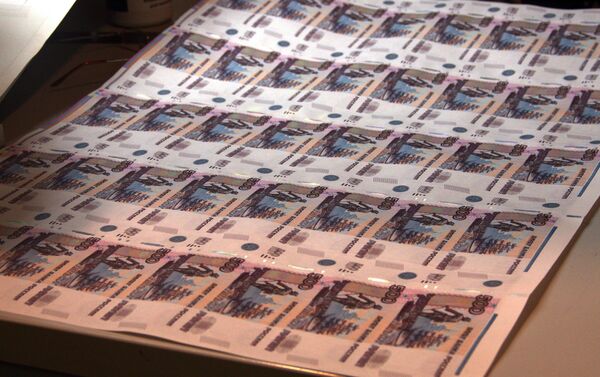

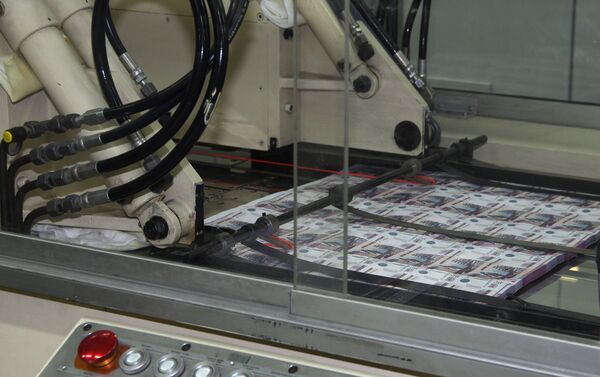
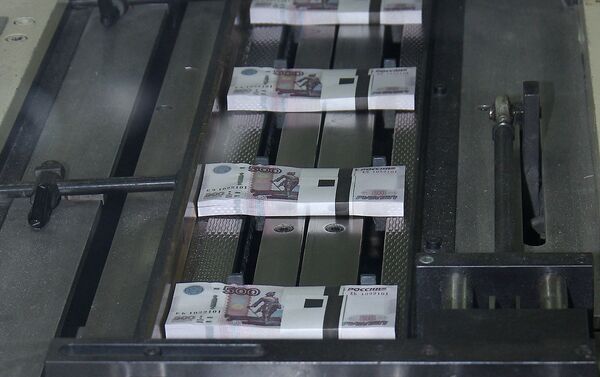
"This is a high-tech area, you must have very qualified specialists otherwise this expensive equipment can simply break down, the flow will stop. So, there is an important educational as well as an economic aspect," Kuryatnikov said.
"There are also some very large customers who lack their own facilities. The process of banknote production is undulating, and it's too unprofitable to buy equipment on the crest of a wave. If there is a peak load, customers can order a certain number from other countries. Therefore, there are large countries which also make purchases."
Without giving too much away, Kuryatnikov said that Goznak has a number of technologies and security features which it applies to its banknotes.
One exclusive technological development is "Plamet," a kind of composite money that combines the advantages of banknotes – greater protection from counterfeiters, easier recognition and lower cost of production – with the durability of coins, and has a life expectancy of up to ten years.
Kuryatnikov said that security features applied by Goznak and other banknote manufacturers have made it practically impossible to successfully counterfeit banknotes.
"I would say it's almost impossible to fake a contemporary bill, taking into account its three levels of protection. You can produce fakes of different levels with which you can deceive an ordinary person or a single machine. But you can't create the full range of machines and deceive the Central Bank."

